If you click on a link and make a purchase we may receive a small commission. Read our editorial policy.
Wonder Woman: The DCU’s ultimate warrior becomes an enemy of the state
Wonder Woman has always had a rebellious streak in her. Here’s how this makes her public enemy number one

Though recognized as one of the DC Trinity, the most prominent and iconic heroes in the DC Universe, Wonder Woman has always been something of an outlier compared to Superman and Batman. At certain points in her history, Diana Prince has been an Olympian goddess, an ambassador, and the most accomplished warrior in the Justice League. But for all the different roles that Wonder Woman has held, she has always been someone who bucks against authority.
Right now, Wonder Woman headlines a relaunched comic book series, with the fan-favorite creative team of Tom King and Daniel Sampere. Right out the gate, Wonder Woman has become an enemy of the state, with the United States of America openly looking to put down the Amazon superhero as part of a systematic persecution of Amazons nationwide. And though Wonder Woman may be clashing directly with the American military, this more defiant stance is not necessarily a new turn for the character, who maintains a rebellious streak, even when operating in a more publicly prestigious capacity.
Here’s how Diana Prince finds herself on the wrong side of the law at the start of King and Sampere’s Wonder Woman run, why Diana is something of a rogue even among her fellow Amazons in Themyscira, and how Wonder Woman alternates between an establishment figure and someone who plays opposite to the status quo throughout her extensive history.
Wonder Woman’s new mission

King and Sampere’s run begins with the Amazons facing a wave of systemized persecution after an Amazon killed a Montana pool hall's male patrons. With the media labeling the incident as terrorism, old prejudices resurface, with public sentiment arguing that Amazons are not only pushing the existing population out of the country but are also an active threat. In response, the President of the United States signs a law permitting the military to round up Amazons living in the US, with the villainous Sgt. Steel having his men execute any Amazons who resist.
Though Queen Nubia orders the Amazons to withdraw to safer ground, Wonder Woman decides to remain in the United States and handle the situation herself, in defiance of both her queen and the American government. In response, Steel leads his soldiers to attack Diana, who easily defeats them as she searches for the Amazon involved in the Montana incident. Pulling the strings from behind-the-scenes is a shadowy figure known as the Sovereign, wielding the mysterious Lasso of Lies.
The renegade Amazon

This story doesn’t mark the first time America and the Amazons have been in bitter conflict against each other, with the most notable prior instance being the 2007 crossover event Amazons Attack by Will Pfeiffer and Pete Woods. King and Sampere’s story has more pointed political overtones, from America’s uncomfortable history of xenophobia and the media’s influence on public perception. And through all the commentary, Wonder Woman remains a heroic constant, taking a firm stand as an agent for justice and opponent of persecution and state-sanctioned violence.
Diana is a character who has always been a trailblazer through her history, often against the wishes of those in power; it’s a hallmark of her character. Despite her mother Hippolyta’s concerns, it’s Wonder Woman who wins the right to escort Steve Trevor from the Amazons’ hidden home of Themyscira to the outside world and even elects to stay there, at the temporary cost of her powers during Mike Sekowsky’s run on the character in the ‘60s. And with patriarchal societies dominating the outside world, to be her own woman and true to herself and her ideals can be viewed as an act of rebellion itself.
Diana Prince’s work within the establishment

This isn’t to say that Wonder Woman is adverse to positions where she’s either working directly for authority figures and establishments or holding a public position herself. Through her close relationship with Steve Trevor, Diana has worked for the American military and other major intergovernmental agencies.
In 1973’s Wonder Woman #204, Diana begins working for the United Nations, eventually taking point with the U.N.’s Crisis Bureau in different international hotspots. To match the ‘70s Wonder Woman television series starring Lynda Carter as the superhero, the comics later made Diana an officer in the U.S. Air Force, raising the rank of Major and working directly with the Pentagon to proactively target crises around the globe.
In more modern comics, Diana is recognized as the official Ambassador from Themyscira to the United Nations and United States, taking up a primary residence in Washington, D.C. After the 2005 crossover event Infinite Crisis, the relaunched Wonder Woman comic book series by Allan Heinberg and Terry and Rachel Dodson placed Diana as an operative for the Department of Metahuman Affairs, helping resolve the existing chaos unleashed by the villainous Alexander Luthor, Jr. from Earth-3.
Since then, Diana’s place with the government has varied, as she prefers to work as a free agent rather than as an extension of the government.
Rebel of the Trinity

Even as an icon of the superhero community, Wonder Woman is the outlier of the DCU Trinity, mostly because of her modus operandi. Diana is a highly trained and gifted warrior - arguably the greatest within the entire DCU - and she is willing to do whatever it takes to save the day. This means that she is open to employing lethal force and has done so on rare occasions in the past, something that Superman and Batman can never condone.
Diana's willingness to kill comes to a head in 2005’s Wonder Woman #219, with Diana forced to kill Maxwell Lord to break his telepathic hold over Superman, bringing the Man of Steel’s rampage to an end. This moment estranged Wonder Woman from Superman and Batman for a time, with the trio reconciling over the course of Infinite Crisis when they realized that the division between them inadvertently worsened the incident.
Where Wonder Woman will go next
Powered by the literal truth, Diana is in a unique position to work against unjust systems from both inside and outside of the establishment (and now very clearly outside of the establishment). Standing in the spotlight as a superhero and oftentimes a delegate, she always publicly defends her ideals and represents Amazonian principles, especially when they’re coming under persecution. Wonder Woman goes by the beat of her own drum, and with the government now hunting Amazons in this new Wonder Woman storyline, that fiery defiance is going to be put to the ultimate test.
On sale now from DC Comics, Wonder Woman #1 is written by Tom King, illustrated by Daniel Sampere, colored by Tomeu Morey, and lettered by Clayton Cowles. The story continues in Wonder Woman #2, on sale October 17.
Blue Beetle championed BIPOC coming-of-age stories in DC Comics
Follow Popverse for upcoming event coverage and news
Find out how we conduct our review by reading our review policy
Let Popverse be your tour guide through the wilderness of pop culture
Sign in and let us help you find your new favorite thing.


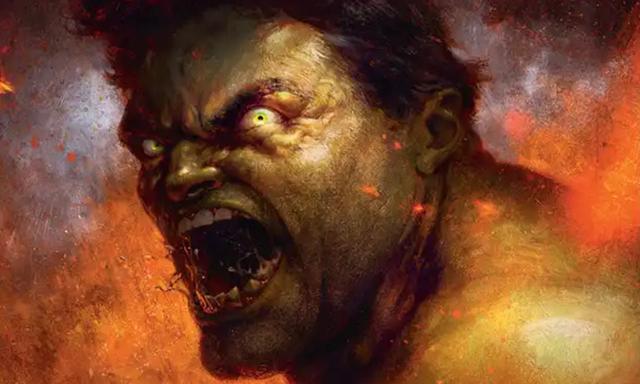

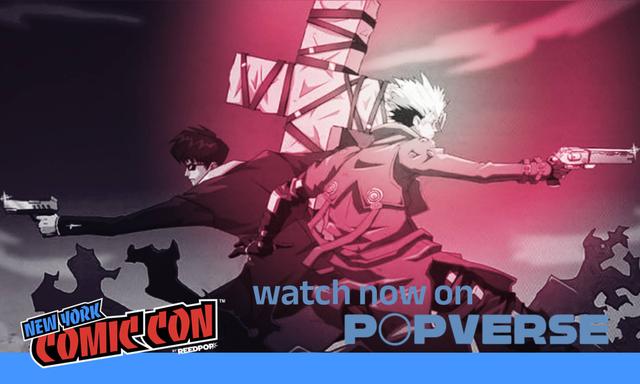
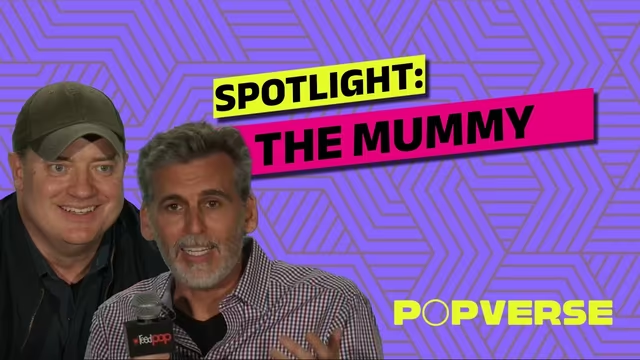

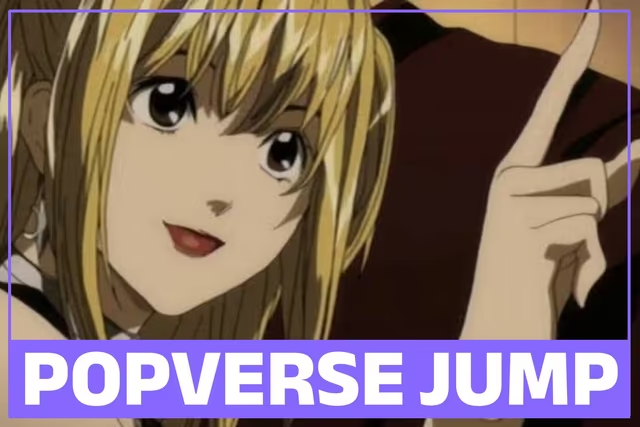
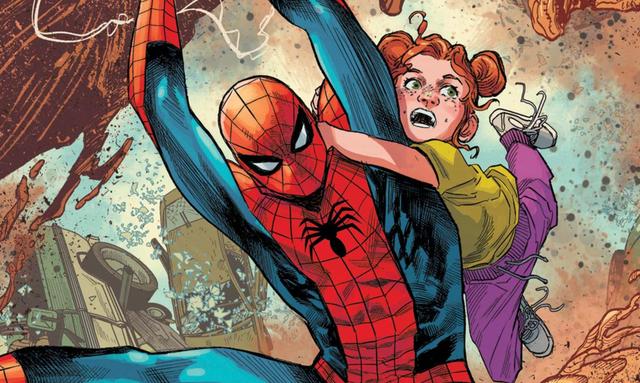
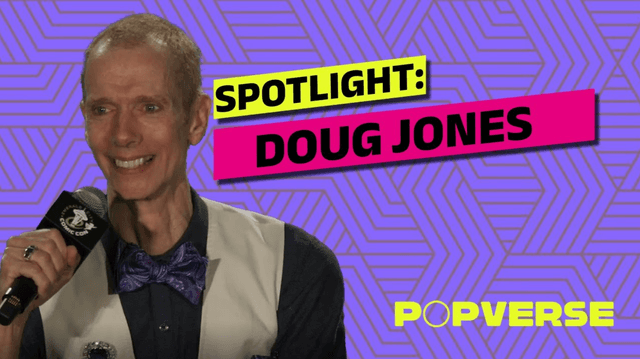






Comments
Want to join the discussion? Please activate your account first.
Visit Reedpop ID if you need to resend the confirmation email.